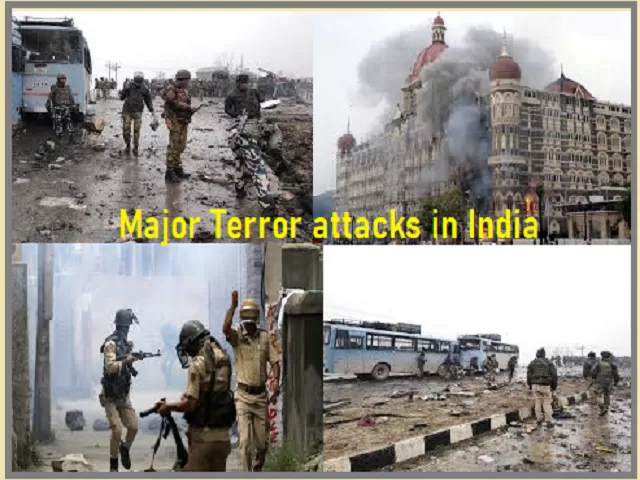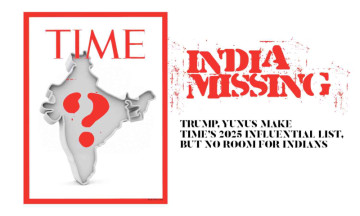On April 22, 2025, a horrific terrorist attack shook the peaceful meadows of Baisaran in Pahalgam, Kashmir. Twenty-six people, mostly tourists enjoying the scenic beauty, lost their lives. The attackers, dressed in Indian Army uniforms, carried out the assault in broad daylight, firing over 40 bullets in just 15–20 minutes. What followed was not just a tragedy but a shocking revelation of how security systems failed and how the government and media responded-or didn’t-to these failures.
How the Attack Happened
The terrorists took advantage of serious gaps in security. Kashmir has a three-layer security system to prevent such attacks, but every layer failed that day. The first layer, managed by the Army, did not stop the terrorists from entering the area. The second layer, handled by the CRPF, failed to guard key routes. The third layer, controlled by local police, missed warnings about potential threats despite having prior information.
The attackers moved freely, shooting without facing any resistance. There were no drones, cameras, or emergency plans to protect the tourists. Injured people had to be carried to safety by other tourists and locals because no medical teams were present. The absence of basic security measures turned a popular tourist spot into a death trap.
Government Admits Failures-But Only Behind Closed Doors

After the attack, the government held a private meeting with political parties. Here, officials admitted there were “lapses” in security but did not explain what these lapses were or who was responsible. The Home Minister reportedly blamed local authorities for opening the Baisaran area to tourists two months earlier than planned without informing security forces. However, no one explained why there was no backup plan to handle such a situation.
Former Army Chief General Shankar Roychowdhury called this an “intelligence failure.” Sources revealed that warnings had been ignored days before the attack, including a threat from a terrorist based in Pakistan-occupied Kashmir. Yet, no action was taken to strengthen security.
A Pattern of Negligence

This is not the first time security failures have led to tragedy. In 1999, during the Kargil War, over 500 soldiers died because intelligence agencies failed to detect enemy movements. In 2008, terrorists attacked Mumbai, killing 166 people, due to poor coastal security. In 2019, a suicide bomber killed 40 CRPF soldiers in Pulwama after explosives were smuggled past checkpoints.
Each time, promises were made to improve security, but no lasting changes were implemented. The Pahalgam attack shows that lessons from the past have not been learned.
Media’s Role: Asking Tough Questions or Staying Silent?

While international organizations like the United Nations condemned the attack, India’s media coverage was surprisingly soft. Most news channels and newspapers repeated official statements instead of investigating why security failed. Opposition leaders accused the government of hiding the truth, but these accusations were barely reported.
The lack of tough questions has led many to wonder if the media is afraid to criticize the government or if it is deliberately avoiding the topic. Without honest reporting, the public may never know the full truth about what went wrong.
What Needs to Be Done Now?
Political parties and security experts are demanding urgent reforms. These include using drones for surveillance in high-risk areas, improving coordination between different security agencies, and conducting impartial investigations to punish those responsible. The Congress party has called for a detailed report on the intelligence failures, but it remains unclear if the government will take these demands seriously.

Unanswered Questions
The attack leaves many questions unanswered:
-
Why were warnings ignored? Intelligence agencies had hints of a possible attack but did nothing.
-
Who allowed tourists into Baisaran early? Opening the area without informing security forces put lives at risk.
-
Will the media speak up? Without pressure from journalists, the government may never be held accountable.
Conclusion
The Pahalgam attack is a grim reminder that without transparency and accountability, security failures will keep happening. The government’s secretive response and the media’s silence risk repeating past mistakes. For the families of the 26 victims, and for all citizens, one question remains: How many more lives must be lost before real changes are made?
With inputs from agencies
Image Source: Multiple agencies
© Copyright 2025. All Rights Reserved Powered by Vygr Media.









